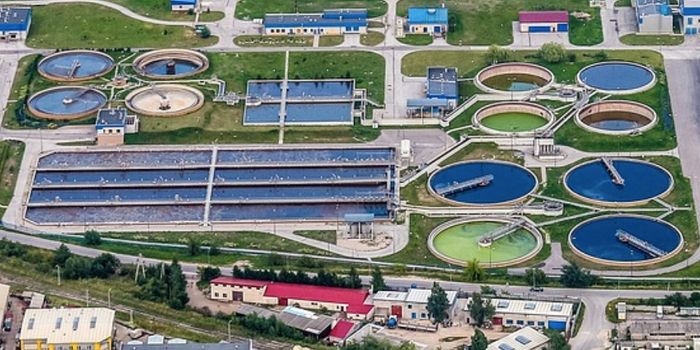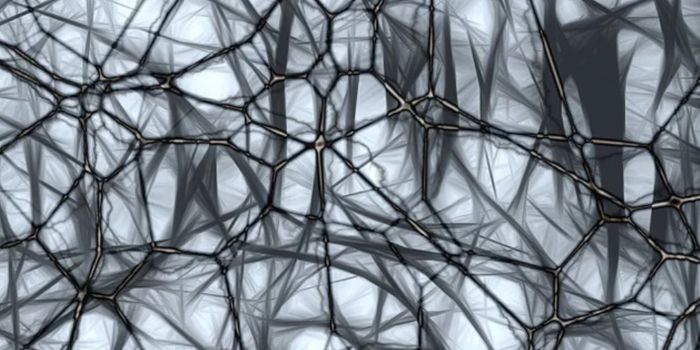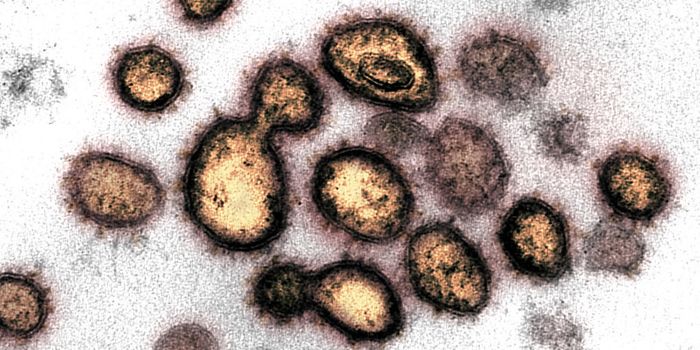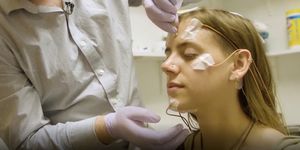Mathematicians Describe Microbial Movement
Swarming behavior has been observed throughout biology; cells, insects, and birds, for example, have all been seen exhibiting the behavior. Researchers have now found that if thousands of microbes are left to swim at random in an infinite pool, a swarm will form and start to go with the flow. Work led by applied mathematician Saverio Spagnolie at the University of Wisconsin-Madison indicates that the tiny swimmers generate forces that move them in predictable ways. The findings have been reported in Physical Review Letters.
"When each individual particle experiences the flows created by all the other particles, it's known that really surprising effects can naturally emerge," explained Spagnolie. "The flows and orientations of the swimmers become coherent on a length scale much longer than any individual particle, resulting in huge flocks of organisms swimming in the same direction and, perhaps unintentionally, working together."
The movement of microscopic particles, whether they’re filaments inside of cells or small organisms, has applications in engineering, biochemistry and materials science.
Spagnolie collaborated with Arthur Evans of UW-Madison, mathematician Michael Shelley of the Flatiron Institute and New York University and physicist Christopher Miles of the University of Michigan to simulate the interactions of flow-generating particles in a large group. The scientists determined that if the tiny particles are confined to a sheet and allowed to move through empty fluid, equations that are already applicable to problems in fluid mechanics are applicable, and can describe the collective movement.
"If you're solving for the trajectory of 10,000 or 100 or even 10 things bouncing around, it's hard to see what's going on. You can lose sight of deep structure," noted Spagnolie. "But if there are enough particles, they can be seen themselves as a type of active fluid, with equations describing the velocity and density of a local group of particles - just like how we think about deriving equations to describe flowing water or air."
The team generated equations for various means of particle movement; some actively pull or push themselves, while others that lack appendages push or pull without activity. "From that perturbation, there's this explosion of motion," Spagnolie said. "And then we watch how the different forces play out on different types of particles."
A group of swimmers that pull will stretch out in a line that’s perpendicular to the direction it’s moving. A bunch of pushers will quickly stretch out in the same direction as the motion and then fold in on itself over and over, cascading in smaller folds.
"That these individuals can group together passively due to their fluid interactions alone, and that this results in large-scale events and effects they can't achieve as independent particles, is relevant to many biological functions like nutrient mixing and bacterial resistance to antibiotics in bacterial swarms and biofilms," Spagnolie added.
This theory describing how active sheets grow weren’t expected to resemble known equations. They may now be useful to research that uses minuscule movers like particles and microbes.
"This is one of the first theoretical considerations of concentrated particles invading a bulk fluid," Spagnolie said. "The hope is that this will be a case of theory leading experiment, offering predictions that can be validated or invalidated by researchers who are very much on the edge of carrying such an experiment out."
More work from Spagnolie can be visualized in the video above.
Sources: AAAS/Eurekalert! via University of Wisconsin-Madison, Physical Review Letters









